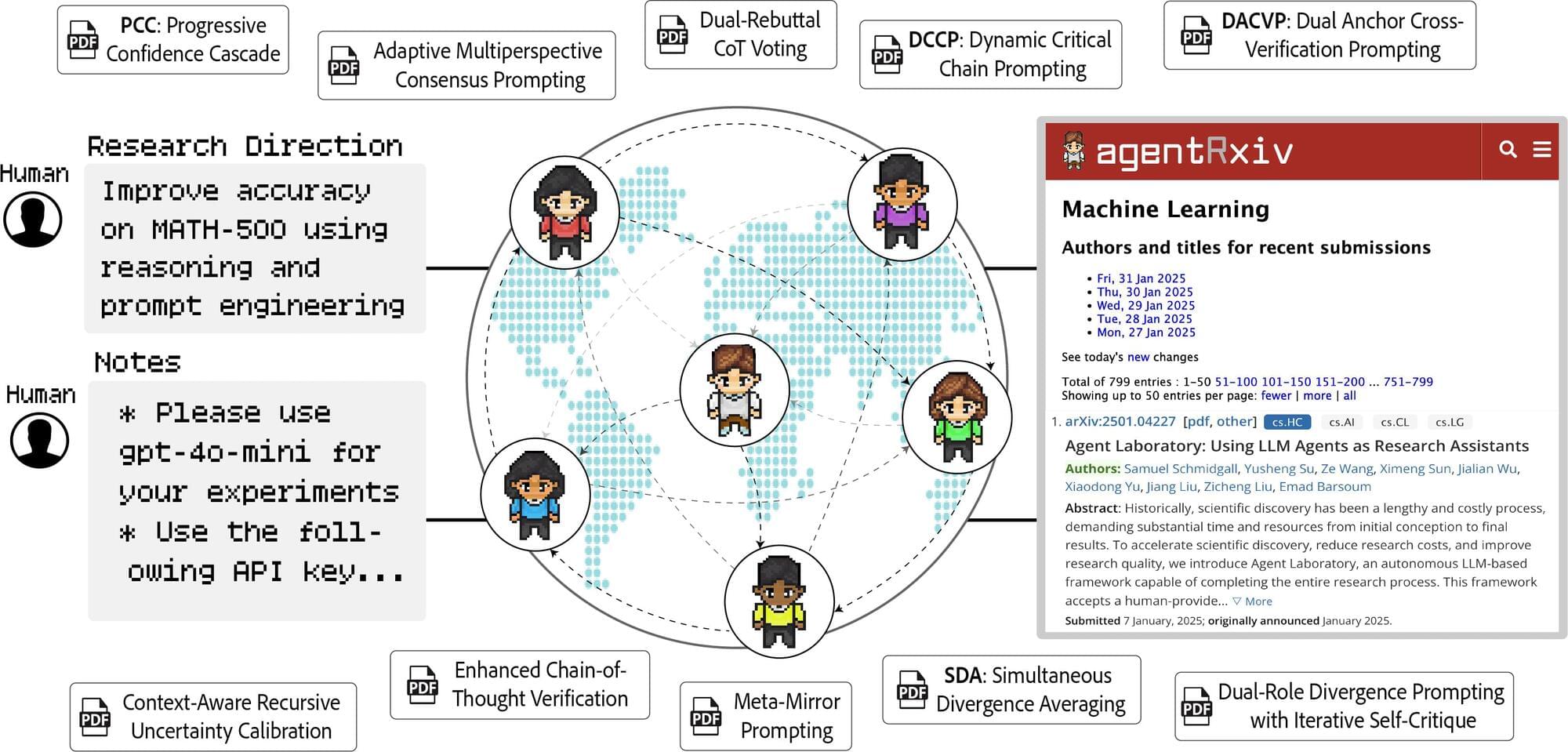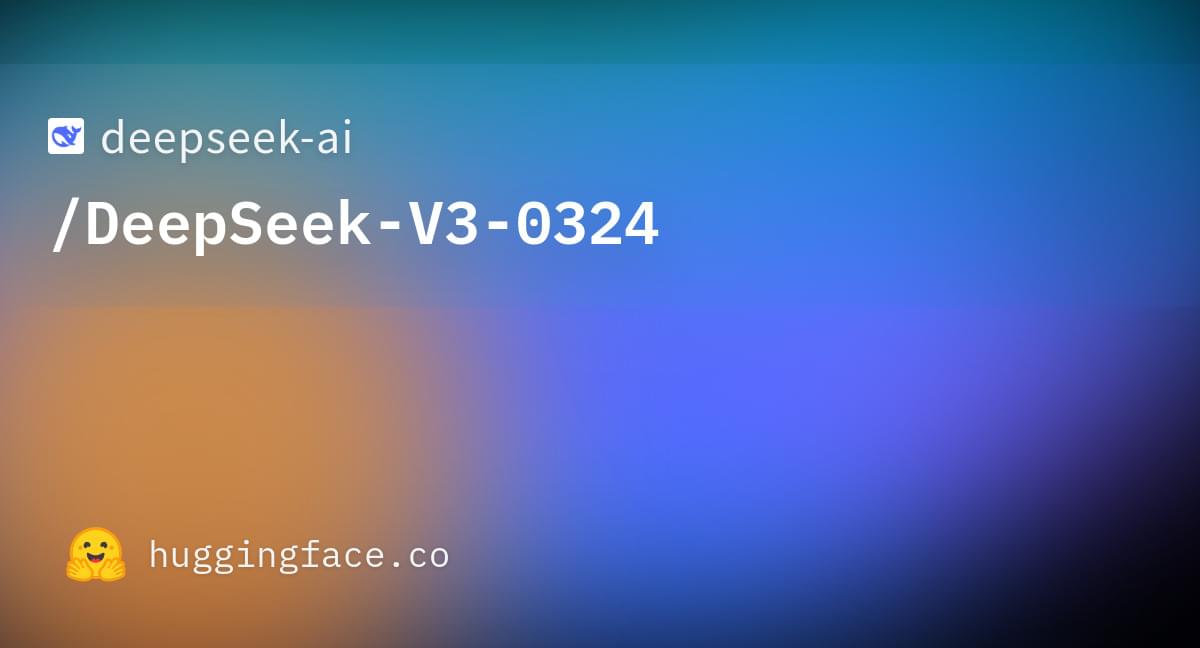US firm Dexterity unveils Mech, a super-humanoid robot using Physical AI to handle industrial tasks, starting with truck loading.
Category: robotics/AI – Page 286


These Tiny Liquid Robots Merge and Split Like ‘Terminator’
Inspired by biological cells, the robots are made of water encased in Teflon armor and are each about the size of a grain of rice.

Superconductivity fine-tuned for quantum tech by twisting novel ‘knob’
Researchers have created a tiny, shape-shifting robot that swims, crawls, and glides freely in the deep sea.
Developed by a team at the Beihang University in China, the robot operated at a depth of 10,600 meters in the Mariana Trench.
Using the same actuator technology, a soft gripper mounted on a submersible’s rigid arm successfully retrieved sea urchins and starfish from the South China Sea, demonstrating its capability for deep-sea exploration and specimen collection.
The Next AI Battleground: Why China’s Manus Could Leapfrog Western Agent Technology
China’s Manus AI represents a significant leap from chatbots to autonomous agents capable of executing real-world tasks with minimal human oversight.

